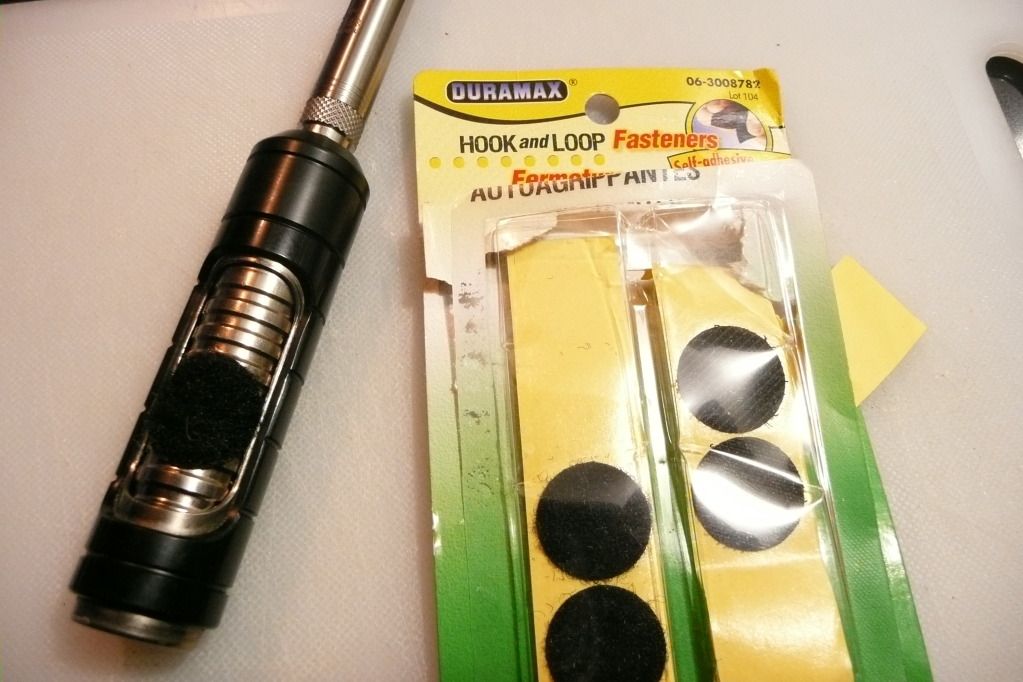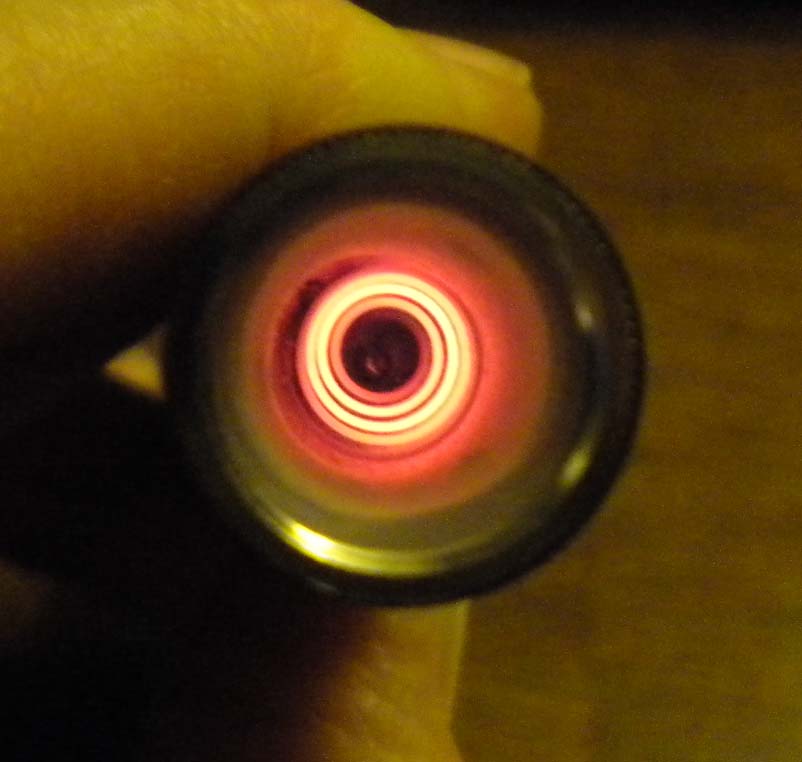However, in consideration that I have had a coil fail in two cores in such short time, I think indeed there is an advantage to be had in using a thicker gauge of wire.
Three coils of thicker gauge seems like a good path to achieving that. So, none of the TV prototypes you tested, OF, ever bothered to experiment with this principle? Interesting... I wonder why not, since TV must have realized the fragility of the heater, thus the short warranty. For example, my Vapir (although a piece of shit, to be sure), did indeed warrant the ceramic heater against failure for the same duration as the rest of the unit, which I believe was at least one year, and perhaps two or even three.
OK, careful here, lots of what you're thinking is valid, but the logic is wrong. You're asking for
thinner wires, not thicker ones, right? You proposal makes for more heaters, and each wound with thinner (and therefore in theory more frail) wire. You loose on both ends reliability wise, more coils, each less reliable. And we still fault out with a single failure.
And BTW, it's a soldering iron, not gun (big difference) and in fact this one (Weller brand) does switch on and off (every minute or two) to hold temperature
all day long. "Thermal shock" is not a death sentence to a well designed heater you see, only a poorly designed one. The iron is 48 Watts (2 Amps at 24 Volts) and holds about 20 average (or a bit less) on idle, start using it (like melting solder) and the duty cycle (on time over off time) goes up automatically.
The very point of low voltage is here, shorter runs of heavier wire. Only other trade offs get in the way, we see a fair difference in Evolution and thus far T1 has not 'found' a good solution to LV cores within the other limits. I'm not saying it wasn't tested, I don't know who else does this nor what they do specifically for reasons I'm sure you appreciate. But I am most confident the idea was explored carefully, perhaps long before I came on the seen even? These guys are sharp engineering wise and have a solid business model, I'm sure they've done their homework....at least the part they don't ask me to help with. And also understand the rules say they probably fish me with a proven idea or two from time to time to keep me honest and them calibrated.
How long to warranty an expendable is a fun conversation to have, I've been party to it on several occasions over the years. Take the heater case. They want to be sure there are no manufacturing defects of course, but don't want to force the rest of us to support guys who flat out wear them out as 'power users'. GM is happy to put excellent quality tires on your new car, but since we know they can be burned up in no time the warranty has limits. Likewise the batteries. It's also fun to note how THC handles this same issue??
Also, at a personal level, I figure a $35 core that has vaped say 20 times that value in herbs has earned a retirement? I'd like it to last forever, of course, but I'd have to honestly admit it's not what I see as a big cost. Less even if you have it rebuilt for $15? Not that it's not a good idea to look for better, of course.
OF








